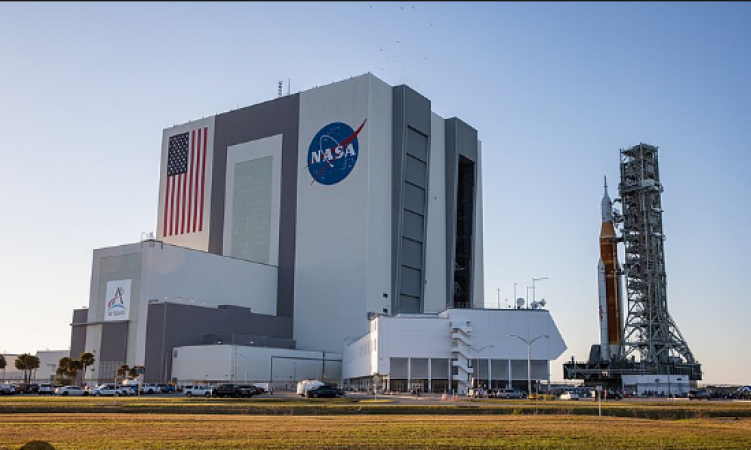
USA: Astronomers with the help of NASA's Transiting Exoplanet Survey Satellite (TESS) have discovered exoplanet TOI 700e, which is 95% the size of Earth and likely to be rocky like our planet.
This Earth-like exoplanet orbits its host star (TOI 700) in a habitable zone, suggesting that it may be able to hold liquid water.
In April 2018, the TESS mission was accelerated. Of the nearly 6,000 candidate exoplanets discovered since then by the All-Sky Survey satellite, more than 200 have been confirmed.
Also Read: Twitter might put usernames up for auction as a way to raise money
Three other planets, TOI 700b, TOI 700c, and TOI 700d, have also been found by researchers in the extraterrestrial planetary system where TOI 700e has been found.
The second Earth-sized world found in the unknown planetary system is TOI 700 AD. The first was TOI 700d, which is also in the star's habitable zone.
The host star of this planetary system, TOI 700, is 100 light-years away in the southern constellation Dorado. The mass and size of the star is about 40% of the mass and size of the Sun.
Also Read: Instagram will update its home page, and the menu's shopping tab will be gone
TESS observes the sky for about 27 days at a time, surveying it in regions. The satellite monitors changes in the brightness of the host star brought about by a passing planet as seen from Earth. This is known as transit.
Astronomers can determine details about a planet's size and composition based on changes in the star's light.
TOI 700e, the most recently discovered exoplanet, is about 10% smaller than TOI 700d. The innermost planet in this system, TOI 700b, is about 90% the size of Earth and completes one orbit in 10 days. While Planet D has an orbit of 37 days, TOI 700c is 2.5 times larger than our planet and completes its orbit every 16 days.
In the so-called habitable zone, between planets C and D, TOI 700 e spends 28 days orbiting its star. These planets are thought to be tidally locked, meaning that they rotate only once per orbit so that one side always faces their star, just as the Moon always has one side facing Earth.
According to the scientists, this "habitable zone" is the region where liquid surface water may have existed at one point during the planet's history.
Also Read: Three of the earliest galaxies are visible in James Webb's deep-field image
If we discover planets in this region that are comparable in size to Earth, we will learn more about our solar system's past. Observatories on the ground and in space are conducting follow-up investigations of this system that may provide more information about this unusual planetary system.